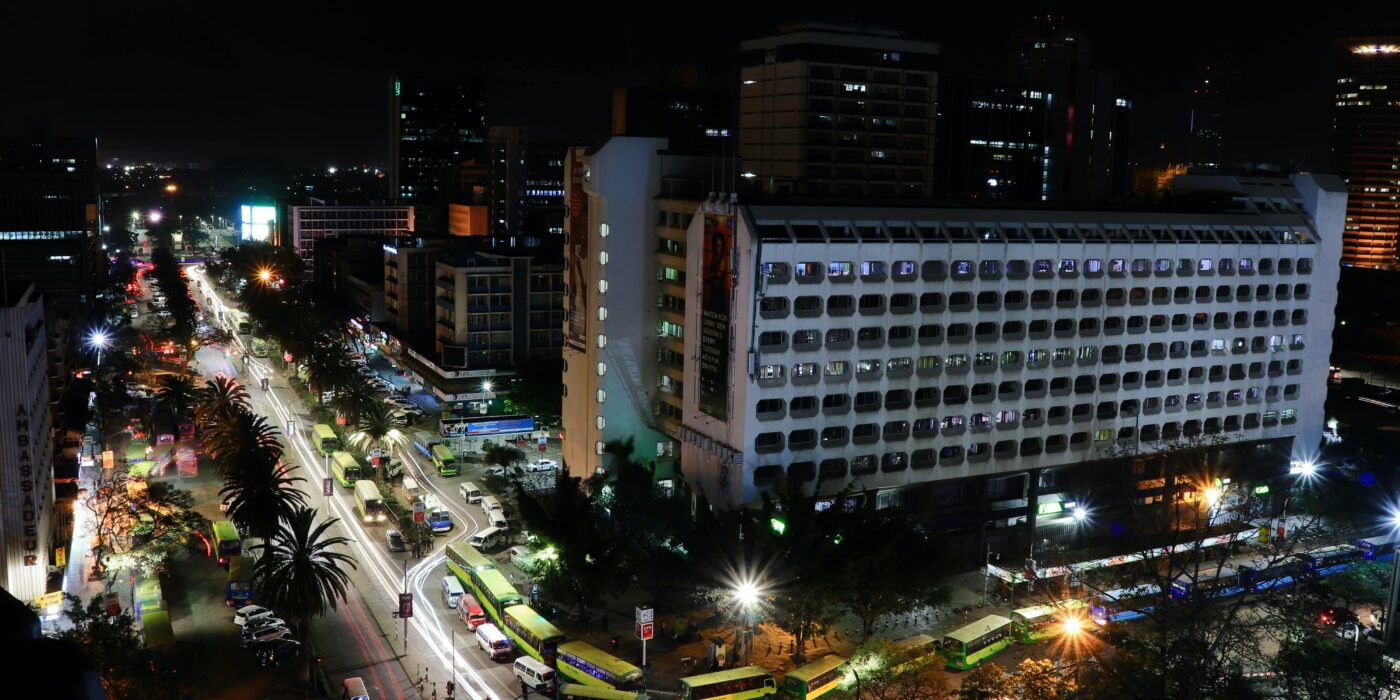
Objective
This study investigated re-purposing infrastructure-lite concepts and public transport (bus and paratransit tactical transit lanes) in low-income cities in Sub-Saharan Africa to reduce COVID-19 impact and whether these developments could contribute to urban resilience to future pandemics.
Potential impact
High-volume priority transport routes that are safer, more efficient, and more ‘car-competitive’ public transport travel in low-income cities in Sub-Saharan Africa
COVID-19 Challenge
In Sub-Saharan African countries, paratransit is the primary commuter mode for lower-income residents and contributes substantially to the economy. However, COVID-19 has exposed the tenuous nature of the paratransit which depends on carrying at full capacity, at speed and at peak periods. However, it has a consequential impact on the health of the workforce who depend on it to commute.
The COVID-19 impact on economic and manufacturing capacity as well as resource and time constraints mean that new or permanently re-purposed infrastructure cannot easily be provided. Also, public transport providers cannot afford to purchase new vehicles to increase capacity. Moreover, as government finances are strained, increased or new public transport subsidies are either unaffordable or too complex to implement quickly. Potential fare increases as a result of reduced operational capacity to meet COVID-19 physical distancing requirements should not be borne by workers, most of whom are among the lowest paid.
This study, which is based on data and decision-support systems, has shown that additional public transport capacity can be provided by re-purposing infrastructure. Cost-effective technology and innovation would mitigate the COVID-19 impact of the physical distancing requirement on public transport.
Approach
Background data on peak travel demand (particularly for public transport) were obtained from published resources, using our local experts and knowledge of each case city. Public transport priority options for possible interventions were considered and developed using these data.
Stakeholders were interviewed in each case study. Data were analysed to ascertain the benefits of proposed public transport priority lanes in each city. The analysis was based on f operator costs, potential commuter value in time savings, and additional passenger throughput enabled by the priority lane. This would directly address COVID-19 capacity concerns.
Outcome
The main findings in reducing COVID-19 impact is that the rapid implementation of high-volume public transport priority routes would increase the capacity of public transport. Service providers would be able to increase passenger throughput in peak periods without increasing vehicle capacity, while maintaining physical distancing protocols by reduced passenger loading per trip.
Early engagement of stakeholders has ensured the study outcomes are more readily to low-income cities.
